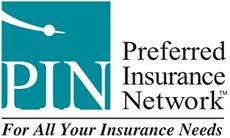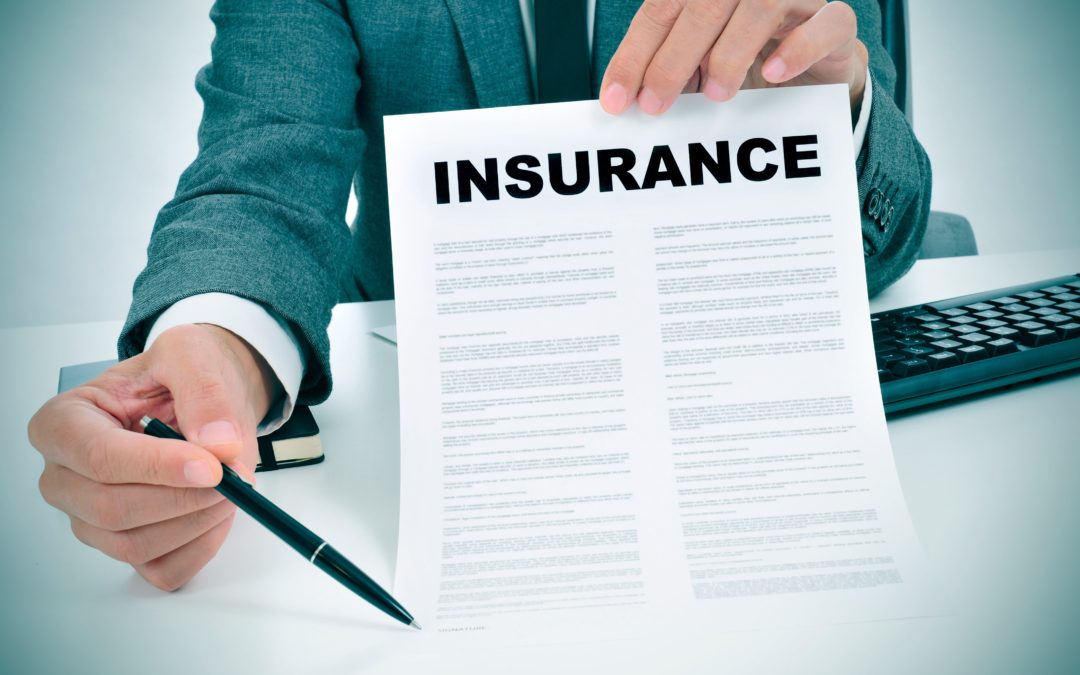Before making a decision on gap insurance for your car, you need to weigh the potential risks and benefits carefully. The value of your vehicle, loan terms, and existing coverage all play crucial roles in determining if this additional insurance is right for you. However, there’s one key aspect that often gets overlooked but can significantly impact your financial security in case of an accident or theft. It’s essential to consider this factor before making a final decision.
Key Takeaways
- Assess car’s depreciation rate versus loan repayment speed.
- Evaluate costs and benefits of gap insurance coverage.
- Consider loan terms, interest rates, and equity buildup.
- Factor in theft and accident risks for financial protection.
- Review current policy for coverage adequacy and potential gaps.
Understanding Gap Insurance Coverage
When it comes to protecting your car investment, understanding gap insurance coverage is crucial. Gap insurance, also known as guaranteed asset protection insurance, is designed to cover the “gap” between what you owe on your car loan and the actual cash value of your car in the event of a total loss.
This type of insurance can be extremely beneficial, especially if you have a new car or a car with a high depreciation rate. Gap insurance is particularly useful if you have a loan term that exceeds the car’s depreciation rate.
In case of theft or an accident where your car is deemed a total loss, your primary insurance will only cover the current market value of the vehicle. This could leave you with a significant amount still owed on your loan.
Gap insurance steps in to bridge this financial gap, ensuring you aren’t left with a hefty balance to settle out of pocket. Understanding this coverage is essential to safeguard your financial well-being and protect your investment in your vehicle.
Evaluating Your Car’s Depreciation Rate
To accurately assess the financial impact of potential total loss situations, understanding your car’s depreciation rate is crucial. Depreciation refers to the decrease in your car’s value over time. New cars typically experience rapid depreciation in the first few years, which can be significant if your car is totaled or stolen.
Factors such as the make and model of your car, mileage, age, and overall condition all contribute to its depreciation rate. You can calculate your car’s depreciation by comparing its current value to its original purchase price or its value at the time of purchase if bought used.
Knowing your car’s depreciation rate is essential when considering whether to get gap insurance. If your car depreciates faster than you’re paying off your loan, you may end up owing more than the car’s actual value in the event of a total loss.
This is where gap insurance can help cover the difference, potentially saving you from a financial burden.
Comparing Costs and Benefits
Considering the financial implications of gap insurance involves a careful evaluation of the costs and benefits. Gap insurance can be beneficial in certain situations, but it’s essential to weigh its costs against the potential advantages it offers. To help you compare these factors more easily, take a look at the table below:
| Factors | Costs | Benefits |
|---|---|---|
| Premium | $$ | Coverage for the “gap” between car’s value and loan amount |
| Deductible | $$ | Pays off remaining loan balance if car is totaled |
| Coverage Limits | $$ | Protects against financial loss in case of theft or accident |
Assessing Your Loan Terms
To further understand the necessity of gap insurance, you should shift your focus towards evaluating the terms of your loan agreement.
The length of your loan and the interest rate can significantly impact the relevance of gap insurance. If you have a long-term loan, it means slower equity buildup in your vehicle, leaving you more vulnerable to owing more than the car’s actual value in the event of a total loss.
High-interest rates can also prolong the time it takes to reach a point where you no longer owe more than the car’s worth. Additionally, if you made a small down payment or rolled over debt from a previous car loan, you might find yourself in a negative equity situation sooner.
Understanding these loan terms is crucial as they directly affect your financial risk and potential gap insurance needs.
Take the time to review and comprehend your loan agreement to make an informed decision regarding the necessity of gap insurance for your vehicle.
Considering Vehicle Theft and Accidents
When evaluating the necessity of gap insurance for your car, it’s essential to consider the risks associated with vehicle theft and accidents.
While standard auto insurance covers the actual cash value of your vehicle, in the event of theft or a total loss due to an accident, this amount may not be enough to cover what you still owe on your car loan. In such situations, having gap insurance can be beneficial.
Vehicle theft is a common concern for many car owners, and unfortunately, it can happen unexpectedly. If your car is stolen and not recovered, having gap insurance can help pay off the remaining balance on your loan after your primary insurance settlement.
Similarly, accidents can also result in a total loss of your vehicle. If your car is deemed a total loss after an accident, gap insurance can bridge the gap between what your primary insurance covers and what you still owe on your loan.
This extra coverage can provide peace of mind and financial security in unforeseen circumstances.
Reviewing Your Current Insurance Policy
Before diving into the details of gap insurance, take a moment to review your current insurance policy. Start by examining the coverage limits and deductibles. Ensure that your current policy adequately protects your vehicle in case of theft or accidents.
Look for any clauses related to total loss or vehicle replacement coverage. Understanding what your existing policy covers can help you determine if there are any gaps in coverage that gap insurance could fill.
Additionally, check if your current policy includes any add-ons like new car replacement coverage or loan/lease payoff coverage, as these may impact your need for gap insurance.
Evaluate the cost of your current policy and compare it to the potential cost of adding gap insurance. Make sure to assess the overall value and condition of your vehicle to determine if gap insurance is a worthwhile investment for you.
Taking the time to review your current insurance policy will provide you with a solid foundation for deciding whether gap insurance is the right choice for your car.
Frequently Asked Questions
Can Gap Insurance Be Purchased for Used Cars?
Yes, gap insurance can typically be purchased for used cars. It helps cover the difference between what you owe on the car loan and the car’s current value in case of a total loss.
Does Gap Insurance Cover Mechanical Breakdowns?
Gap insurance typically covers the difference between your car’s value and what you owe in case of a total loss. It does not cover mechanical breakdowns. You may consider purchasing an extended warranty for such coverage.
Will Gap Insurance Cover Negative Equity From a Trade-In?
Gap insurance can cover negative equity from a trade-in, helping you avoid financial strain if your car’s value is less than what you owe. It’s crucial to understand your policy’s terms and conditions for such situations.
Is Gap Insurance Transferable to a New Vehicle?
Yes, gap insurance can be transferable to a new vehicle, allowing coverage for the difference between what you owe on your loan and the car’s actual value. Contact your provider to confirm transfer details.
Can Gap Insurance Be Canceled at Any Time?
Yes, you can cancel gap insurance at any time. Contact your insurance provider to inquire about the process. Remember to consider your specific circumstances and the potential financial implications before making a decision to cancel.
Conclusion
Ultimately, the decision to get gap insurance for your car comes down to weighing the potential risks and benefits. Assessing factors such as your car’s depreciation rate, loan terms, and existing insurance coverage can help you determine if gap insurance is a worthwhile investment. By considering these key factors, you can make an informed decision that provides financial protection and peace of mind in case of a total loss

